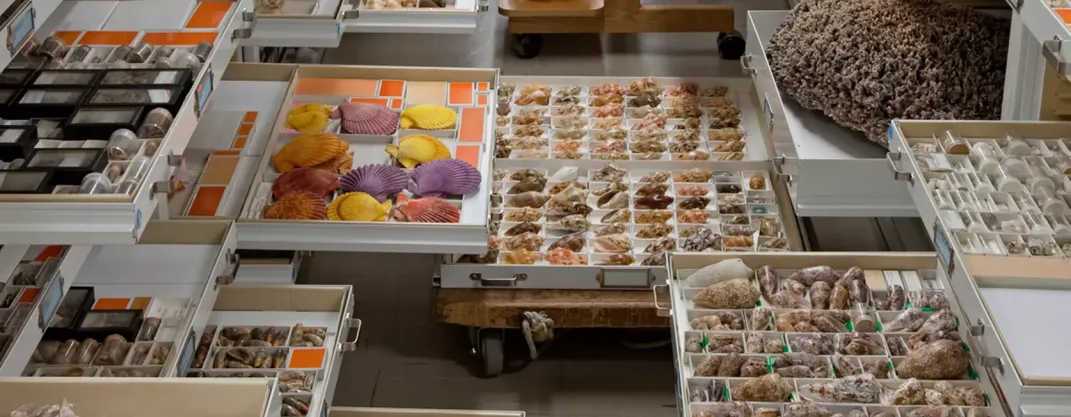Stars, Seas and Other Scientific Successes
We recap five of our favorite optimistic stories from March, featuring everything from a historic agreement to protect our oceans to a small island working together to save confused puffins
As time marches on, it’s important to take a pause and think about how far we’ve come! Sit with us for a while as March turns to April and reflect on some scientific success stories:
1. Panama now protects over 50% of its oceans
As countries across the world convened at the Our Oceans conference, Panama made a major commitment: protecting over half of its oceans. After Smithsonian Tropical Research Institute scientists and partners examined the ecological integrity of the Banco Volcán Managed Resources Area – home to unique deep-sea mountain environments and stunning biodiversity – the limits of the area were expanded from 5,487 to 36,058 square miles. That decision ensures that more than 54% of Panama’s territorial waters are under protection, providing migratory wildlife with safe passage, allowing key fisheries species opportunities to recover, and helping buffer coastal communities from the effects of climate change.
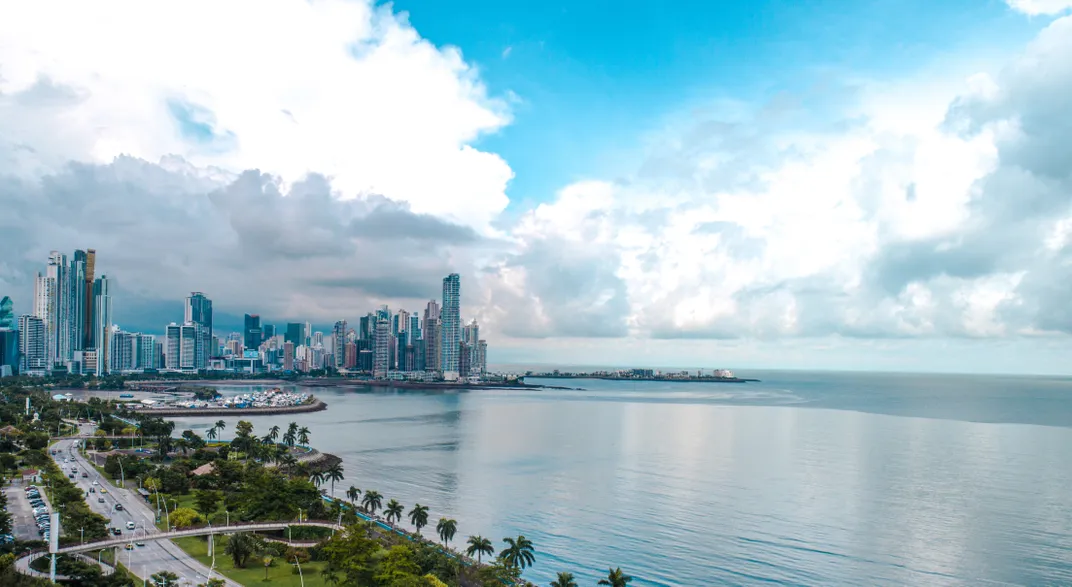
2. World agrees to a historic treaty for the high seas
Speaking of oceans, the entire world got a bit closer to the United Nations goal of protecting 30% of our shared waters with the adoption of the historic “high seas treaty.” While countries already could establish protections in their national waters – the 200 nautical miles extending from their shores – this agreement authorizes the creation of marine protected areas in the remaining two-thirds of open ocean designated as international waters. By opening up opportunities to regulate fishing, shipping, and deep-sea mining, ocean defenders hope to better protect marine biodiversity along with the social and economic benefits that they provide to our planet.
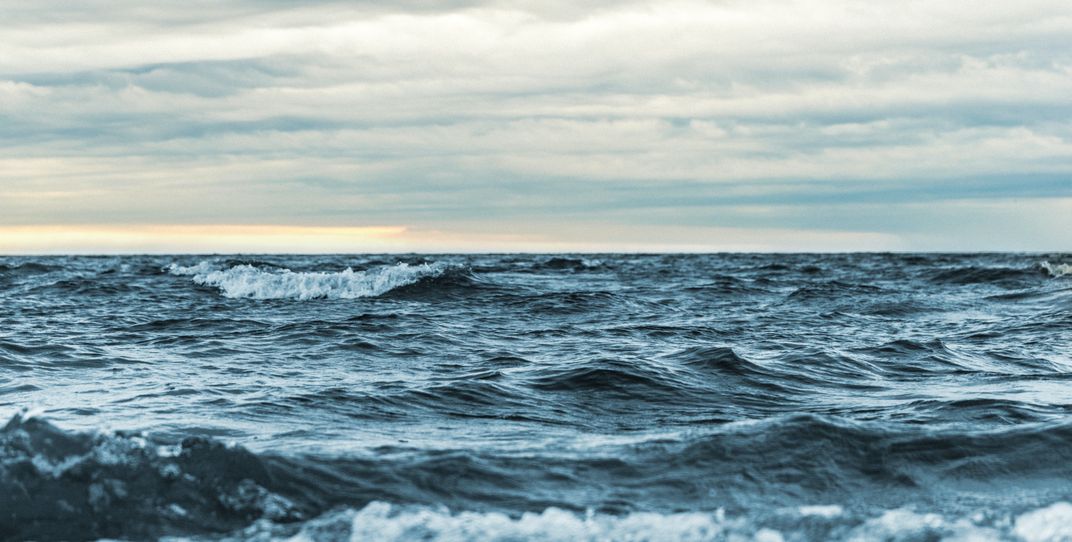
3. New exhibit shines a light on efforts to recover our night sky
People looking up into the night sky today aren’t seeing quite as many stars as their ancestors did due to the haze of artificial light pollution. The new “Lights Out” exhibition at the National Museum of Natural History explores our deep cultural and ecological connections to the dark, offering ways that we can continue to responsibly brighten up our communities without obscuring our views of the Milky Way and other extraterrestrial sources of illumination.
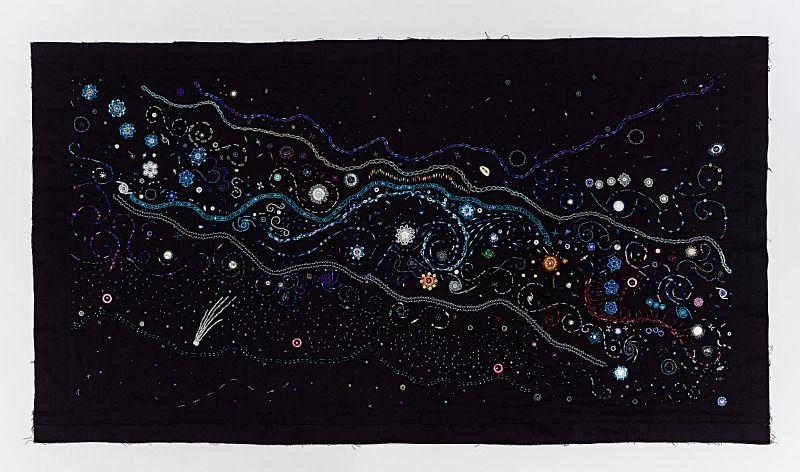
4. Communities come together to protect pufflings
As visitors to “Lights Out” will learn, artificial light pollution can be incredibly disorienting for nocturnal wildlife. In Iceland, brightly-lit towns can confuse young Atlantic puffins on their first flights, causing them to head inland instead of following their parents out to sea. Luckily, volunteers with the island of Heimaey’s “Puffling Patrol” roam the streets at night during the birds’ fledging season to scoop up any stragglers and put them back on the right track.
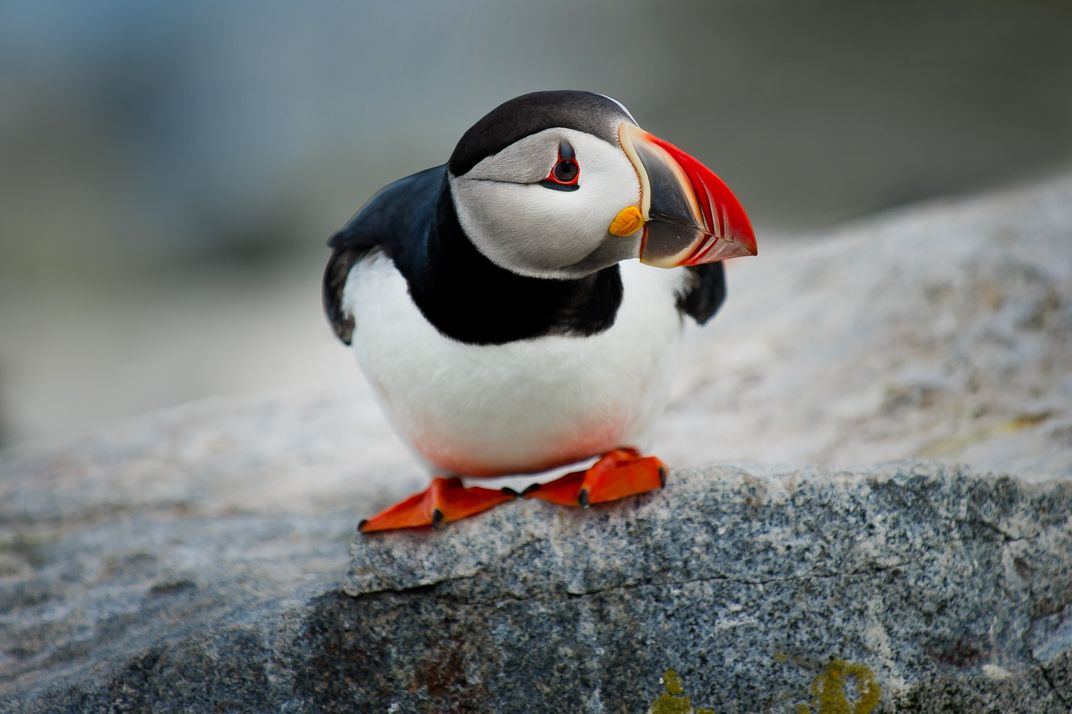
5. Natural history museums take stock of key collections
Visitors aren’t the only ones learning about the natural world from the relative comfort of our museum collections. As 73 of the world’s largest natural history museums confirmed in a recent publication, there are over 1.1 billion objects available to help researchers investigate problems with modern-day implications, like how species in the past have adapted to global catastrophes like our changing climate. Thanks to this massive inventory, scientists can identify things we still don’t know about life on our planet and plan expeditions to start filling in the gaps.
